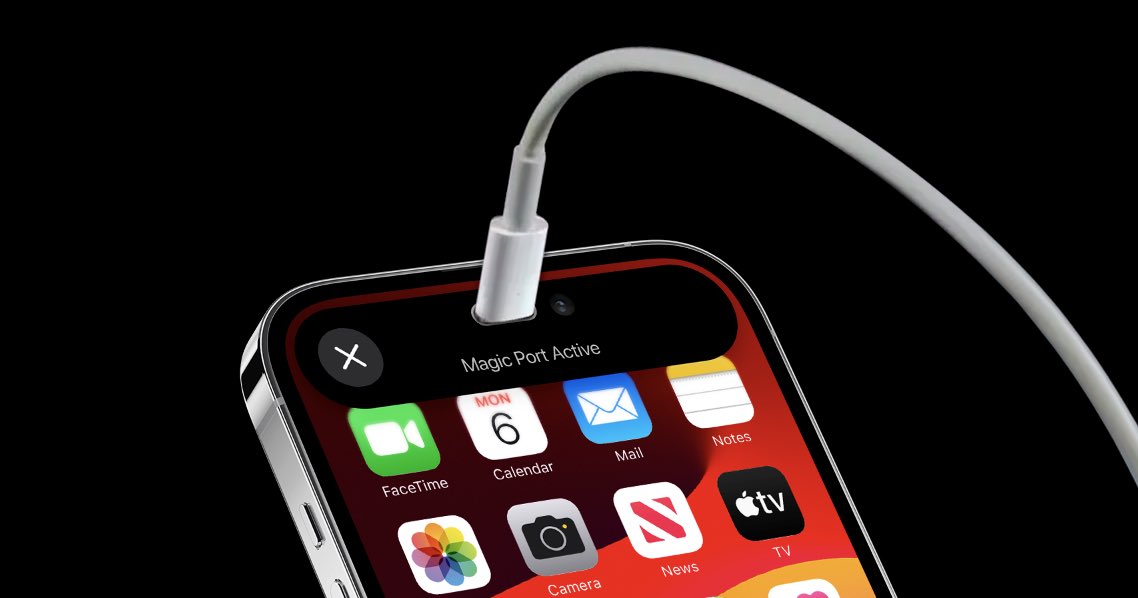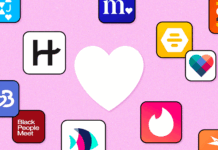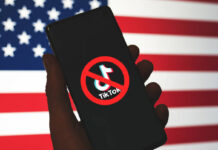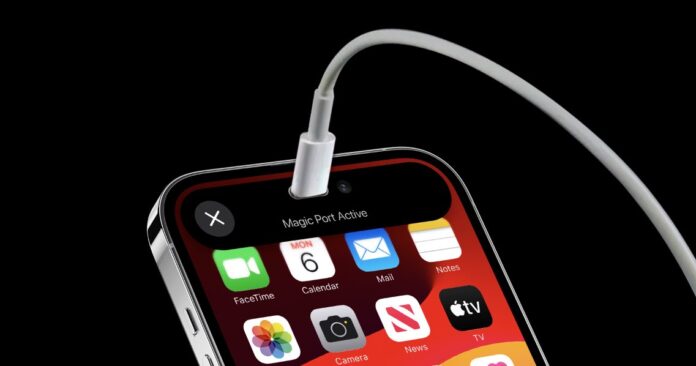Following the New EU rules that require all phones sold after autumn 2024 to use the USB-C connector for their charging ports, the iPhone 15 introduces a significant evolution in its connectivity with the introduction of the USB-C “Magic Port”according to a recent leak. This marks a departure from the Lightning port that has been a staple of iPhones for years.

What you should know about the USB-C Magic Port;
The USB-C Magic Port is a multipurpose interface that combines power, data transfer, and expanded functionality into a single, versatile port.
One of the standout features of the USB-C Magic Port is its bidirectional capabilities. This means that not only can it charge the iPhone 15, but it can also be used to charge other devices. This power-sharing feature adds a new level of convenience, allowing users to share their phone’s battery power with accessories or even charge another iPhone wirelessly.
The USB-C Magic Port also brings faster data transfer speeds compared to its Lightning predecessor. With USB-C’s superior data transfer capabilities, users can expect quicker syncing of large files, faster backup and restore processes, and seamless media transfers. This enhanced data transfer speed is especially beneficial for professionals who rely on their iPhones for tasks like content creation and sharing.
Moreover, the Magic Port opens the door to expanded functionality. The iPhone 15 can now support a wider range of accessories, from external storage drives to high-resolution displays. This paves the way for a more desktop-like experience, where the iPhone can be used as the central hub for various peripherals. The increased versatility aligns with the growing trend of mobile devices replacing traditional computers for many tasks.
The transition to USB-C also has broader implications for the iPhone ecosystem. It standardizes charging across a variety of devices, reducing the need for multiple cables and chargers. This move is in line with industry trends towards universal standards, contributing to sustainability by reducing electronic waste.
However, the introduction of the USB-C Magic Port also requires users to adapt to new cables, accessories and particularly its new position. This shift might inconvenience those who have invested in Lightning-compatible peripherals. Additionally, while USB-C is widely adopted, ensuring compatibility with all USB-C accessories can still be a consideration for users.
In conclusion, the iPhone 15 USB-C Magic Port represents a significant step forward in terms of connectivity and versatility. The bidirectional charging, faster data transfers, and expanded accessory support make it a compelling upgrade from the traditional Lightning port. As the tech industry continues to embrace USB-C as a standard, the iPhone 15 aligns itself with the future of connectivity and positions itself as a powerful multitasking tool for both personal and professional use.











































